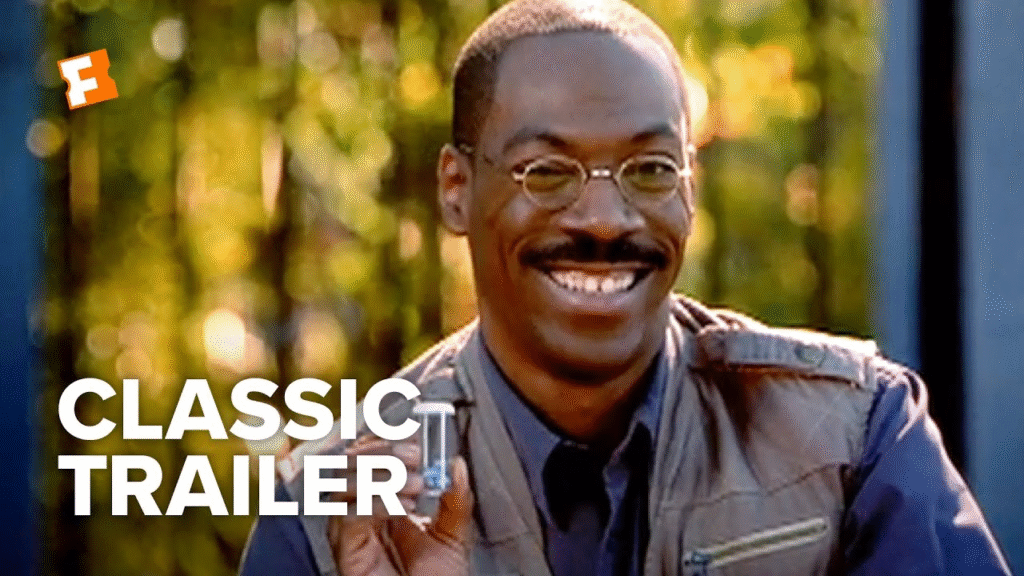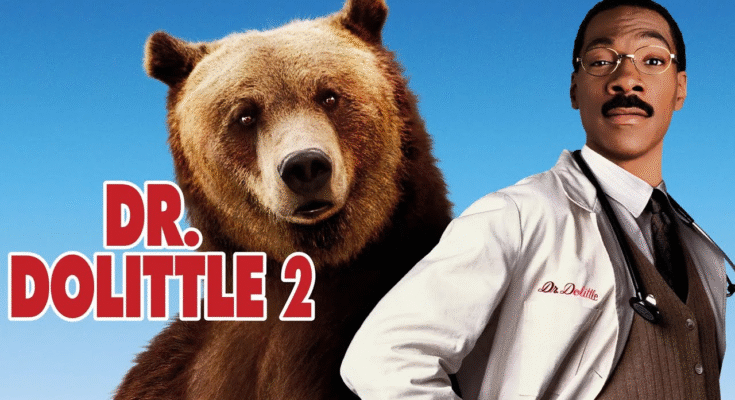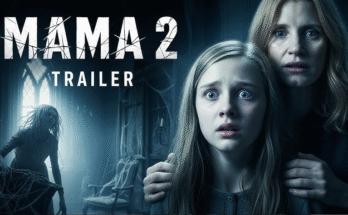In Dr. Dolittle 2, the magic returns — not through spectacle alone, but through the gentle reminder that empathy remains humanity’s greatest gift. Eddie Murphy reprises his iconic role with the same mischievous grin and heartfelt sincerity that made the original unforgettable, but this time, the story roars with a deeper purpose: saving a world that’s forgotten how to listen.

From the moment the forest whispers its first plea for help, the film grounds itself in something beautifully primal — the bond between nature and compassion. Dolittle’s ability to converse with animals isn’t treated as a quirk; it’s a responsibility, a bridge between two worlds that desperately need each other. In a time of chaos and consumption, his gift becomes both a blessing and a burden.
Murphy’s performance is electric, blending the absurdity of talking animals with genuine emotional weight. His comedic timing hasn’t dulled a bit, but beneath every joke is a sense of urgency — a recognition that laughter can open hearts to truths too uncomfortable to face head-on. He’s not just cracking jokes; he’s holding a mirror to humanity’s apathy.

The forest itself becomes a living, breathing character — lush, vibrant, and fragile. Every animal carries a story: the stubborn old owl, the anxious raccoon, the wise but weary wolf. Yet none captivate quite like Archie, the bumbling circus bear trying to reclaim his wildness. His journey from performer to protector mirrors humanity’s own struggle to reconnect with nature.
Dolittle’s relationship with Archie drives the film’s emotional core. Their interactions are equal parts hilarious and heartbreaking, revealing that courage doesn’t always roar — sometimes, it just listens. Through their bond, we’re reminded that change doesn’t come from dominance, but from understanding.
Visually, the film thrives on contrast — the artificial lights of the circus against the golden glow of the forest. It’s a visual metaphor that never overstates itself: technology and nature aren’t enemies, but balance demands humility. Each scene shimmers with warmth, humor, and a quiet environmental plea.

The humor, as always, is irresistible. Talking squirrels debating philosophy, bears arguing over yoga, and chipmunks performing mock court sessions — Dr. Dolittle 2 uses comedy not as distraction, but as connection. Every laugh leads somewhere meaningful.
Beneath the lighthearted chaos lies a message that resonates deeply: saving the planet isn’t about grand gestures; it’s about listening. The forest doesn’t beg for sympathy — it demands respect. And Dolittle, the man who hears what others can’t, becomes the perfect voice for that truth.
The supporting cast of creatures feels richer than ever, each rendered with Pixar-level precision and a pulse of personality. But it’s the dialogue — both witty and soulful — that lingers. The animals speak, yes, but it’s what they say about human greed, kindness, and redemption that truly lands.
By the time the credits roll, you’re left smiling, maybe even tearing up — not just for the animals saved, but for the reminder that we’re part of the same story. Dolittle’s gift isn’t magic; it’s empathy elevated to art.
Dr. Dolittle 2 (2026) doesn’t just make us laugh. It invites us to listen — to the forests, the creatures, and the quiet within ourselves. Because in a world that keeps shouting, sometimes the most powerful thing we can do… is hear the whisper of the wild.




